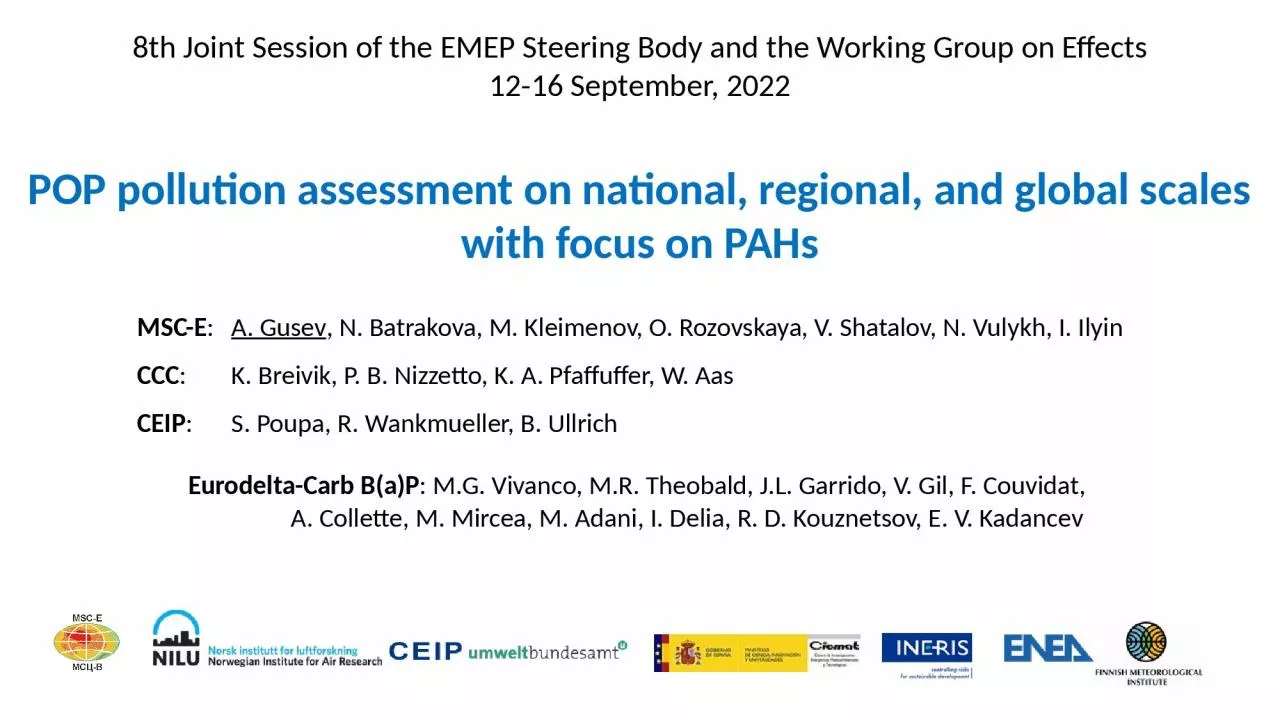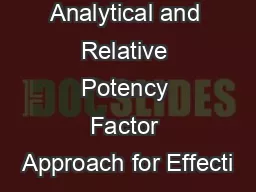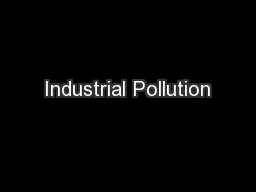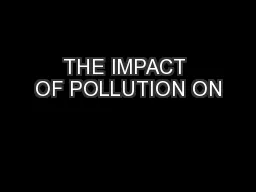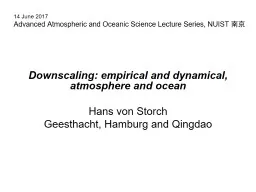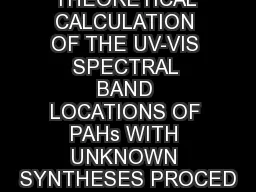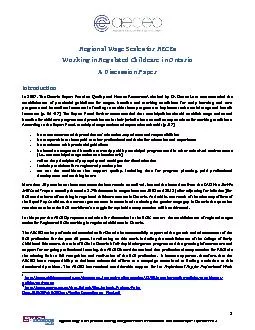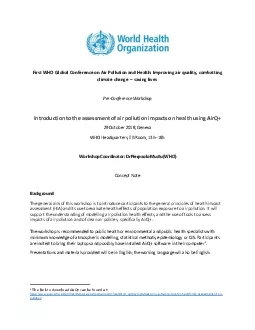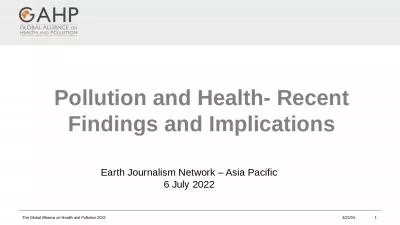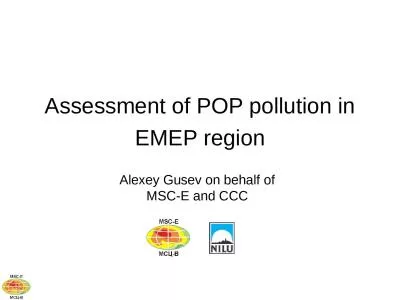PPT-POP pollution assessment on national, regional, and global scales with focus on PAHs
Author : scarlett | Published Date : 2023-09-20
8th Joint Session of the EMEP Steering Body and the Working Group on Effects 1216 September 2022 MSCE A Gusev N Batrakova M Kleimenov O Rozovskaya V Shatalov
Presentation Embed Code
Download Presentation
Download Presentation The PPT/PDF document "POP pollution assessment on national, re..." is the property of its rightful owner. Permission is granted to download and print the materials on this website for personal, non-commercial use only, and to display it on your personal computer provided you do not modify the materials and that you retain all copyright notices contained in the materials. By downloading content from our website, you accept the terms of this agreement.
POP pollution assessment on national, regional, and global scales with focus on PAHs: Transcript
Download Rules Of Document
"POP pollution assessment on national, regional, and global scales with focus on PAHs"The content belongs to its owner. You may download and print it for personal use, without modification, and keep all copyright notices. By downloading, you agree to these terms.
Related Documents

